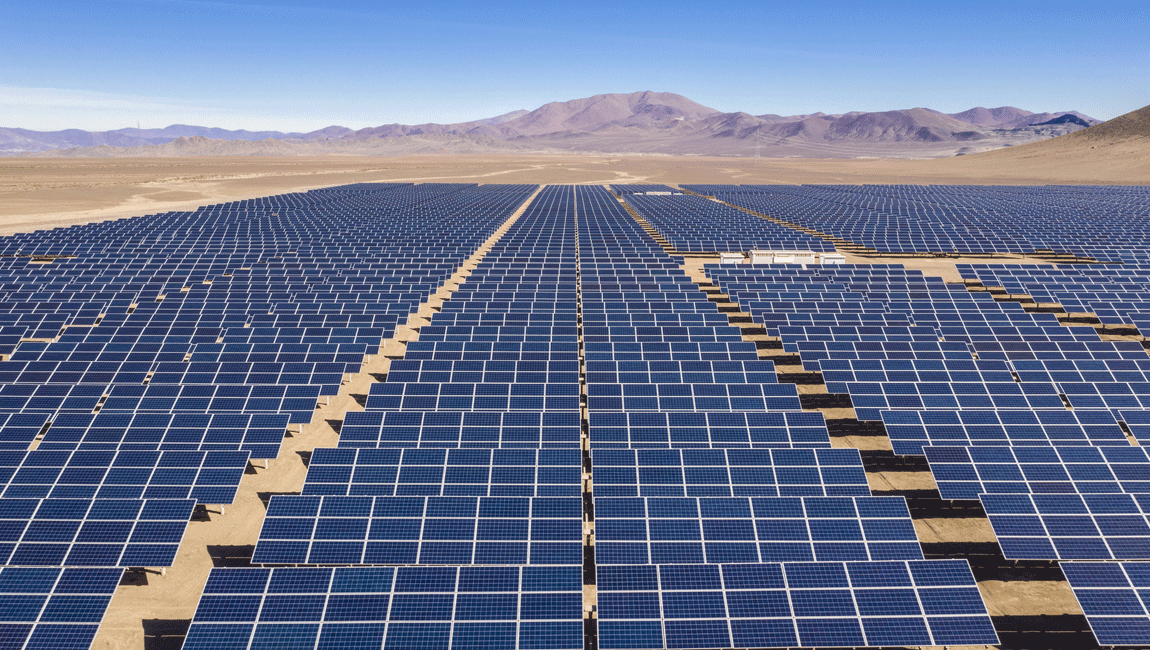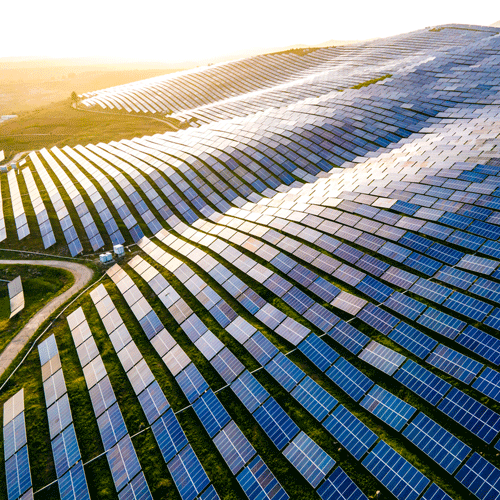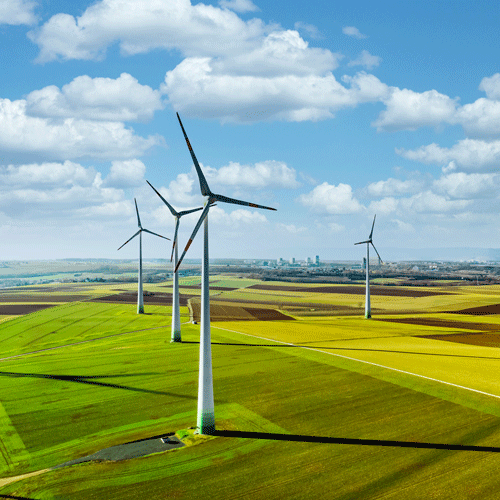The energy transition is underway. Right now it is concentrated mainly in the power sector, where renewable energy now accounts for 26% of electricity generation worldwide. The cost of new solar and wind projects is less than the cost of existing coal-fired power plants, several studies have found. In fact, economics is becoming favorable to renewable energy because of the twin threats of geopolitical insecurity and climate change. Soaring natural gas prices have roiled the EU, leading to price spikes in the cost of electricity that are raising utility bills for consumers, putting pressure on energy suppliers and disrupting industries. In the U.S., inflation is sparking concerns about the high prices of gasoline.
This makes the investment climate for renewable energy increasingly attractive in the short term as energy prices rise, and as governments around the world ramp up their climate change targets.







